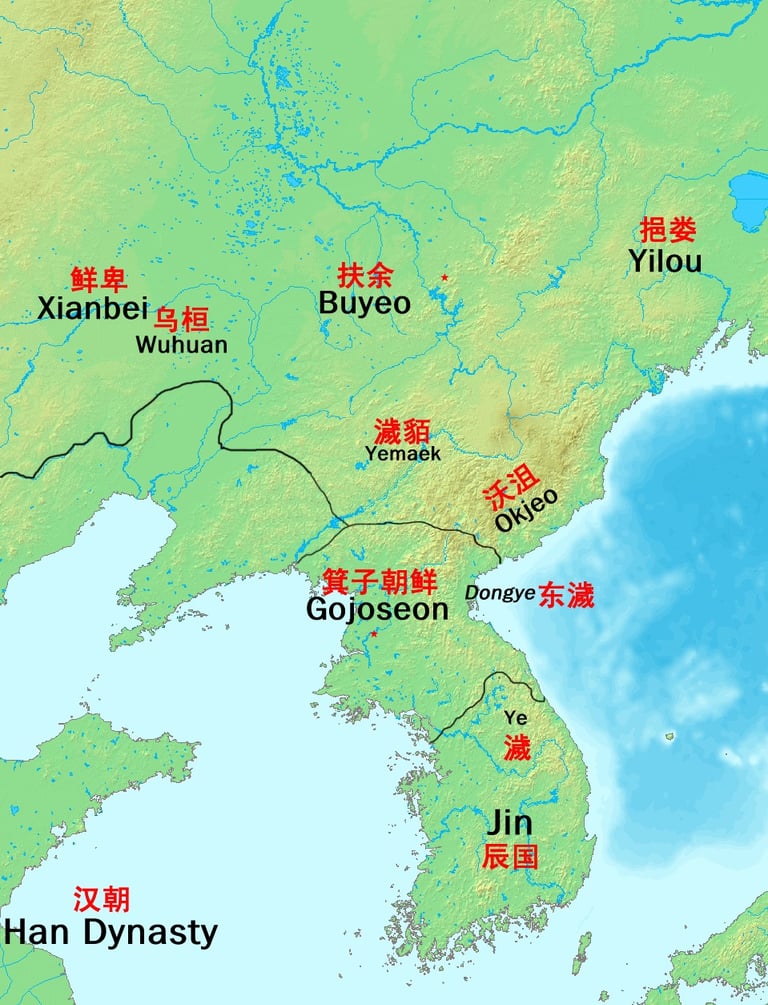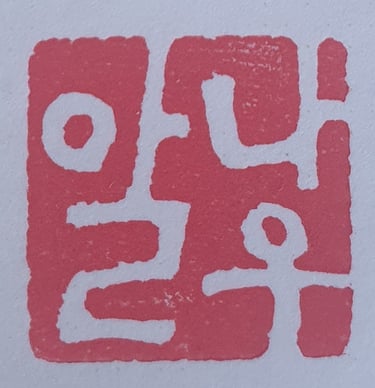The Gojoseon period or the birth of Korea


Once upon a time, long before South Korea became the land of kimchi and K-pop, there was an ancient kingdom that laid the foundations of Korean history: Gojoseon (고조선, The Heavenly Kingdom of Korea). This mythical kingdom, whose existence dates back to around 2333 BC, is often considered the first Korean political entity.
The legendary birth of Gojoseon
The story of Gojoseon is inseparable from the legend of Dangun Wanggeom. According to the tales, Dangun was the son of the god Hwanung and a bear who transformed into a woman after passing a divine test: surviving by eating only garlic and mugwort for 100 days in a cave. Once human, she married Hwanung and gave birth to Dangun, who founded Gojoseon and established its capital at Asadal.
A Kingdom in full expansion
While the legend is captivating, historians agree that Gojoseon truly developed into a powerful kingdom, particularly due to its strategic position in Manchuria and the northern part of the Korean Peninsula. This territory was conducive to agriculture and trade, which allowed Gojoseon to thrive and become a key player in the region.
The kingdom was organized around a hierarchical society, led by a king and a dominant aristocracy. Gojoseon is also recognized for establishing one of the first legislative systems in East Asia, known as the Eight Prohibitions. These laws emphasized the protection of property, morality, and the death penalty for serious crimes.
Chinese influence and the fall of Gojoseon
As Gojoseon rose as a regional power, it attracted the attention of the Han Dynasty in China. Sino-Korean relations fluctuated between trade exchanges and military tensions. Ultimately, in 108 BC, Emperor Wu of the Han sent a military expedition that overthrew Gojoseon and established four Chinese commanderies in its place, the most famous of which was Lelang.
Although Gojoseon disappeared as an independent state, it left a significant legacy. Its influence continued through the kingdoms that succeeded it, especially Goguryeo, which claimed its historical and territorial heritage. Even today, Dangun is celebrated during Gaecheonjeol (the anniversary of the founding of the Korean nation), and his myth continues to inspire Korean culture.
Thus, although Gojoseon has been gone for over 2000 years, it remains a foundational symbol of Korean identity, bridging myth and reality.

